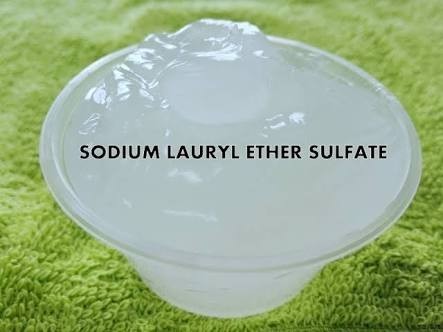Feedstock Tightness, Cost Concerns Set the Stage for China’s SLES Prices to Continue Uptrend in 2022
- 03-Dec-2021 6:09 PM
- Journalist: Nina Jiang
The prices of Sodium Lauryl Ether Sulphate (SLES), which gained a sudden momentum in mid-October, had been on a consistent rise since then, fluctuating only slightly in the first week of November. As per the ChemAnalyst database, the average price for SLES 70% FOB China Nanjing was assessed at USD 1392/MT and the price for SLES 28% Ex-Shanghai was assessed at USD 988/MT during the week ending 3rd December, after registering a 31% growth within a timeframe of 3 months and a 42% growth from mid-January 2021 prices which were this year’s lowest.
The SLES prices in the Chinese market got propelled on the tightness in the supplies of palm oil feedstocks which are primarily dependent on heavy imports from the world’s two major producing countries Indonesia and Malaysia. The ongoing labour shortage in Malaysia that started during the 2020-pandemic period has marred the palm oil plantation rate causing the estimated annual production volume to drop to 18.3 million MT showing a decrease of 5% from the last year. The logistics sector is also having to struggle to keep up with the trading activities due to the constraints from lesser workforce. On the other hand, the Chinese importers are obliged to do away with the Indonesian palm oil imports due to the heavy export duty appended to their costs causing the overall feedstock prices to escalate to higher levels.
SLES is an ionic surfactant ingrained with high solubility, wettability, foaming ability and emulsifying characteristics. It is widely exploited in detergents, personal care products, agrochemicals, printing and dying, lubricants, textile, and leather industry etc. The detergents industry holds a lion’s share in the global SLES consumption with China being the largest market holder owing to its huge consumer base.
As per ChemAnalyst, the unsettled labour shortage and the high export duties are expected to continue lingering on the palm oil market in the coming months causing the spot prices to stay high for a considerable time. The repercussion of the tight feedstock supplies, and consequently their high quoted prices are anticipated to keep the production and supply of SLES on the edge thereby raising the SLES costs in the Chinese downstream sectors. The SLES market fundamentals are envisioned to bear added pressure from the demand side as the consumption of SLES in the domestic cleaning sector is gaining heights amid concerns over the new Covid19 variant (Omicron) spread in the country. Hence, the high prices of SLES are expected to run into 2022, with no sign of sooner recovery even after the onset of the farming season as the palm oil productions may receive a hit next year with fertilizer prices going out of control.



